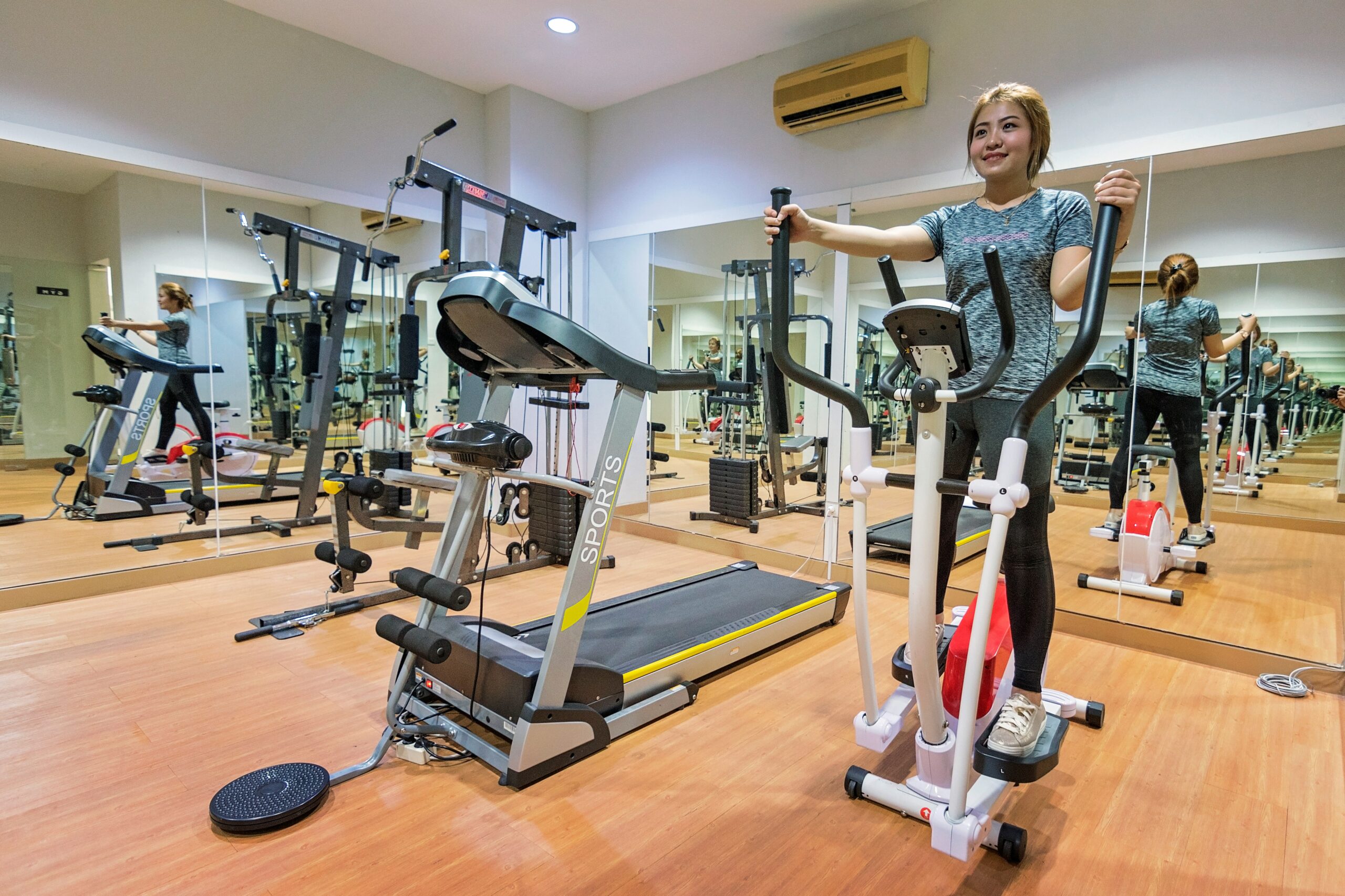
Multiple sclerosis (MS) significantly impairs neurological functions, often leading to progressive physical disabilities. This disease challenges patients’ mobility and general physical activity, making daily tasks increasingly difficult. Amid these challenges, especially modifications in hip sled equipment are revolutionizing and substantially improving the lives of those with MS. This article delves into the transformative impact of these hip sled innovations, which are tailored specifically to enhance the mobility and overall health of MS patients.
Technological Enhancements in Hip Sled Equipment for Therapeutic Use
Fitness centers traditionally favor hip sleds for strengthening the lower body, but they are inventively adapting them to meet the specific needs of MS patients. These machines typically allow users to push weight upwards while seated, targeting major muscle groups such as the quadriceps and glutes. However, MS symptoms can make traditional exercise risky and unfeasible. Modifications to the hip sled now feature adjustable resistance levels, which can be finely tuned to accommodate the day-to-day variability in a patient’s strength and fatigue levels. This adaptability is crucial for managing the unpredictable nature of MS.
Innovations Enhancing Accessibility and Safety
Recent hip sled models boast significant design innovations that increase accessibility for individuals with limited mobility. Adjustments in seat depth and angle ensure that users can comfortably exercise, maintaining optimal posture without strain. Furthermore, ergonomic handles and anti-slip surfaces enhance user safety, a paramount concern given the balance and coordination issues MS patients face.
A pivotal development in hip sled technology is the integration of wheelchair accessibility. These advancements allow users to board the equipment directly from their wheelchairs, fostering independence and encouraging regular physical activity without requiring extensive assistance.
Impact on Mobility and Quality of Life
MS patients who regularly utilize adapted hip sleds can substantially improve joint stability, flexibility, and overall endurance. These physical gains translate into enhanced ability to perform daily activities, leading to a more autonomous lifestyle. Additionally, these exercises contribute to broader health benefits, including weight management, reduced cardiovascular risk, and increased bone density, which is particularly beneficial for MS patients prone to osteoporosis.
Psychological and Emotional Advantages
Consistent physical activity consistently uplifts psychologically, especially for those battling MS, not to be underestimated. Exercise triggers endorphin release, naturally alleviating pain and enhancing mood. The sense of achievement from maintaining an exercise regimen can combat the prevalent feelings of depression and anxiety associated with long-term illnesses.
Moreover, the autonomy provided by adaptive exercise equipment like the hip sled reinforces self-esteem and promotes a more positive life perspective, which is crucial for emotional well-being.
Fostering Community and Professional Support
The specialization of hip sleds for MS patients has also cultivated a supportive community environment. Rehabilitation centers and fitness facilities now frequently offer classes designed specifically for those with mobility impairments. These gatherings are not just about exercise; they also provide vital social interaction and emotional support, creating networks of individuals who share similar experiences and challenges.
Professional support from therapists and trainers who specialize in MS is invaluable. They help tailor exercise programs to individual needs, maximizing safety and effectiveness and ensuring that patients receive the full benefits of their efforts.
Future Directions in MS Fitness Solutions
The horizon for MS patient fitness is expansive, with potential innovations including more sophisticated customization options, the integration of virtual reality for engaging exercise experiences, and enhanced real-time health monitoring systems during physical activity.
These technological advancements are reshaping the approach to MS management, moving beyond mere symptom management to actively enhancing life quality. The ongoing evolution of hip sled technology represents a critical component of this transformative journey, offering new avenues for empowerment and improved health outcomes for individuals with multiple sclerosis.